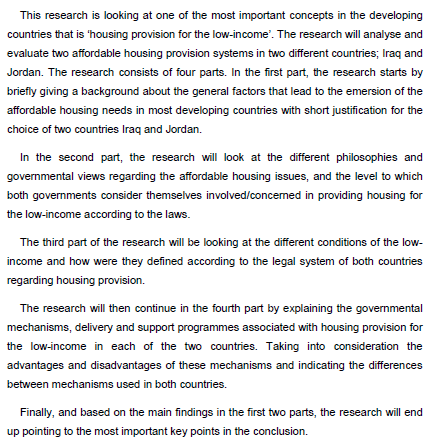Background: Pain and the usage of local anesthetic agents are still real problem in pediatric dentistry, for these reasons, the use of minimal invasive dentistry (MID) in regard to the patient comfort is important especially for children, anxious and uncooperative patients. Chemomechanical caries removal (CMCR) methods involve the selective removal of the carious dentine hence it avoided the painful removal of the sound dentine and the anxiety resulted due to the vibration of the hand piece which is also decreased thus it appears to be more acceptable and comfortable to the patient. Aims of this study: This study was conducted among group of children to assess and compare the anxiety rating scale (during and after treatment) between the
... Show More (15)
(15)
 (14)
(14)
The ability of four local fungal isolates for extracellular laccase production has been tested with five grams 1:1(w/v) humidified sawdust as substrate in mineral salt medium. After 21 day of incubation at 25±1 ? C and using one mycelial plug (5mm), higher level of laccase activity (0.15U/ml) and specific activity (15U/mg) were observed by Pleurotus ostreatus in comparison with other fungal isolates. The results of optimum conditions for laccase production from selected isolate showed that, the maximum laccase activity (0.55U/ml) and specific activity (55U/mg) were obtained at moisture ratio 1:3 (w/v), using 3 mycelial plugs (5 mm), after 15 days incubation period at 25±1 ? C. The results of phenol degradation by crud laccase revealed th
... Show More (2)
(2)
Background: Ceramic veneers represent the treatment of choice in minimally invasive esthetic dentistry; one of the critical factors in their long term success is marginal adaptation. The aim of the present study is to evaluate the marginal gap of ceramic veneers by using two different fabrication techniques and two different designs of preparation. Material and methods: A typodont maxillary central incisor used in the preparation from which metal dies were fabricated, which were in turn used to make forty stone dies. The dies divided into four experimental groups, each group had ten samples: A1: prepared with butt-joint incisal reduction and restored with IPS e.max CAD, A2: prepared with overlapped incisal reduction and restored with IPS e.
... Show MoreEffects of Ozonated Water on Micro Leakage between Enamel and Fissure Sealants Prepared by Different Etching Technique (An in vitro Study), Baraa M Jabar*, Muna S Khalaf
The experiment was conducted at the plant tissue culture laboratory of the Department of Horticulture and Garden Engineering College of Agricultural Engineering Sciences, University of Baghdad, in order to study the effect of some growth regulators on propagation an stimulation production of volatile oil compounds of rosemary plant Rosmarinus officinlis using two vegetative parts (apical and lateral buds). Factorial experiment was implemented in completely randomized design with twenty replications. The results indicated that culturing the apical meristem on the medium Murashige and Skoog (MS) media with 0.5 mg.l-1 (BA) with 0.1 mg.l-1 of NAA gave the highest response rate of 100%. As for the doubling stage, the levels of BAA and IAA (Indol
... Show MoreA batch and flow injection (FI) spectrophotometric methods are described for the determination of barbituric acid in aqueous and urine samples. The method is based on the oxidative coupling reaction of barbituric acid with 4-aminoantipyrine and potassium iodate to form purple water soluble stable product at λ 510 nm. Good linearity for both methods was obtained ranging from 2 to 60 μg mL−1, 5–100 μg mL−1 for batch and FI techniques, respectively. The limit of detection (signal/noise = 3) of 0.45 μg mL−1 for batch method and 0.48 μg mL−1 for FI analysis was obtained. The proposed methods were applied successfully for the determination of barbituric acid in tap water, river water, and urine samples with good recoveries of 99.92
... Show More (13)
(13)
 (5)
(5)
Background: Prophylaxis methods are used to mechanically remove plaque and stain from tooth surfaces; such methods give rise to loss of superficial structure and roughen the surface of composites as a result of their abrasive action. This study was done to assess the effect of three polishing systems on surface texture of new anterior composites after storage in artificial saliva. Materials and methods: A total of 40 Giomer and Tetric®N-Ceram composite discs of 12 mm internal diameter and 3mm height were prepared using a specially designed cylindrical mold and were stored in artificial saliva for one month and then samples were divided into four groups according to surface treatment: Group A (control group):10 specimens received no surfa
... Show More
